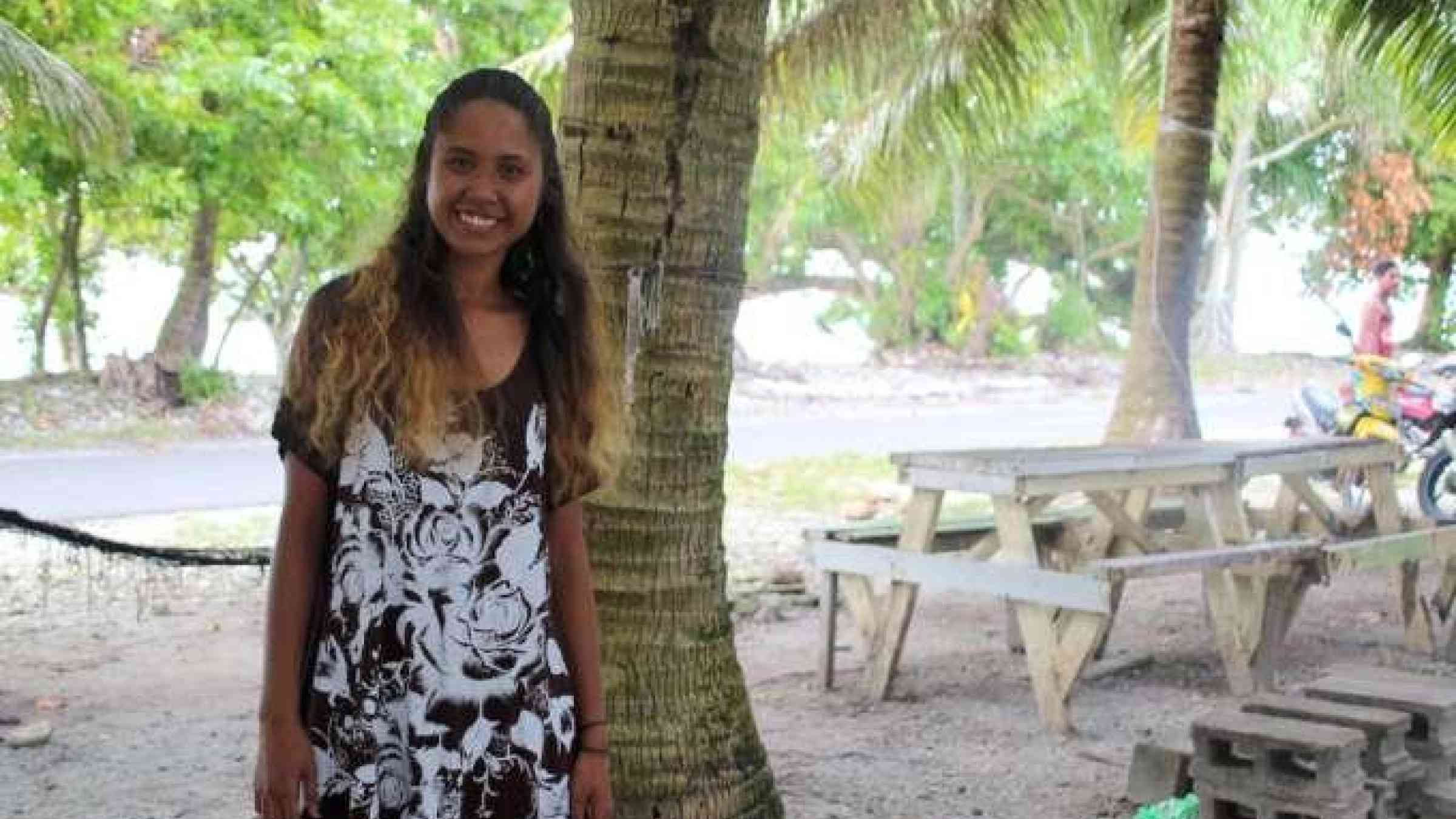
"On International Day for Women and Girls in Science, let's celebrate the pipeline of talent coming up through the ranks to build Pacific resilience."
When the vulnerability of small island countries to climate change is reported in international media, it is often accompanied by images of houses and roads inundated with seawater, families standing among ruined homes, and children barefoot among wind-blown palm trees.
People are often portrayed as victims at the mercy of the elements. It can be an easy narrative to fall into — communicating climate change is complex and multifaceted. Yet it is far from the full picture. And it fails both the subjects of the stories and the readers.
As well as addressing the impacts and causes of climate change, we need to look to the solutions. How are communities going to, not just adapt, but build their resilience? What does resilience even mean? And how do we do it?
Resilience means an ability to prepare for the worst and to bounce back faster, and stronger, after being hit by an external shock. One of the keys to building it, and addressing the impacts of climate change, is ensuring countries themselves are leading in both developing and implementing the solutions.
[...]